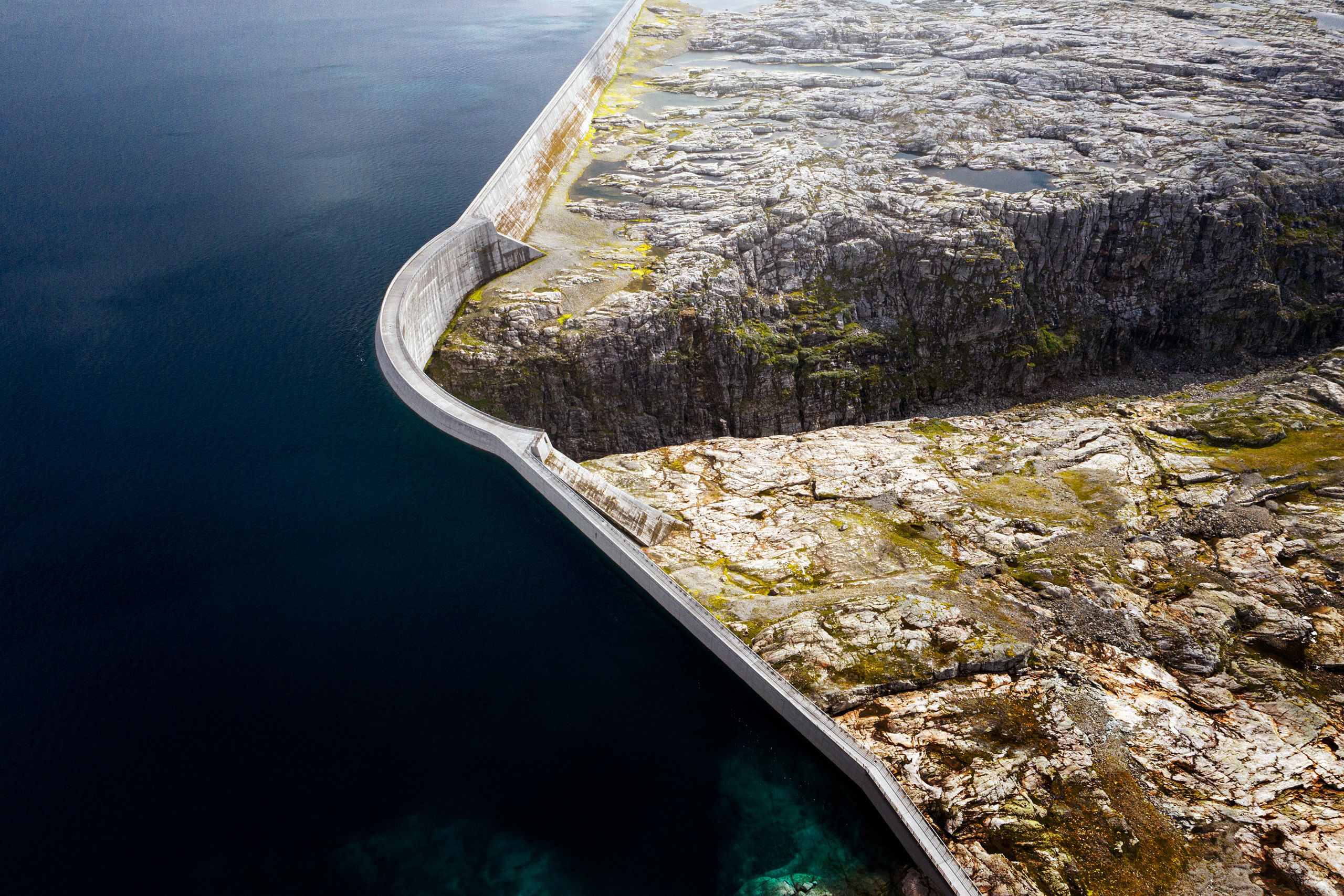
The Førre dam is built across the Førrejuvet canyon, is the largest concrete dam in Norway and is one of 14 dams that dam up the Blåsjø lake, which extends over Bykle in Agder county and Hjelmeland and Suldal in Rogaland county. Blåsjø is the main reservoir for the Ulla-Førre hydropower plant.
Four things you may not know about renewable energy
Renewable energy is becoming the cheapest new power source in more and more countries. No wonder energy from sun, wind and water is so attractive! But renewable energy is about much more than price. Here are four facts that may be new to you.
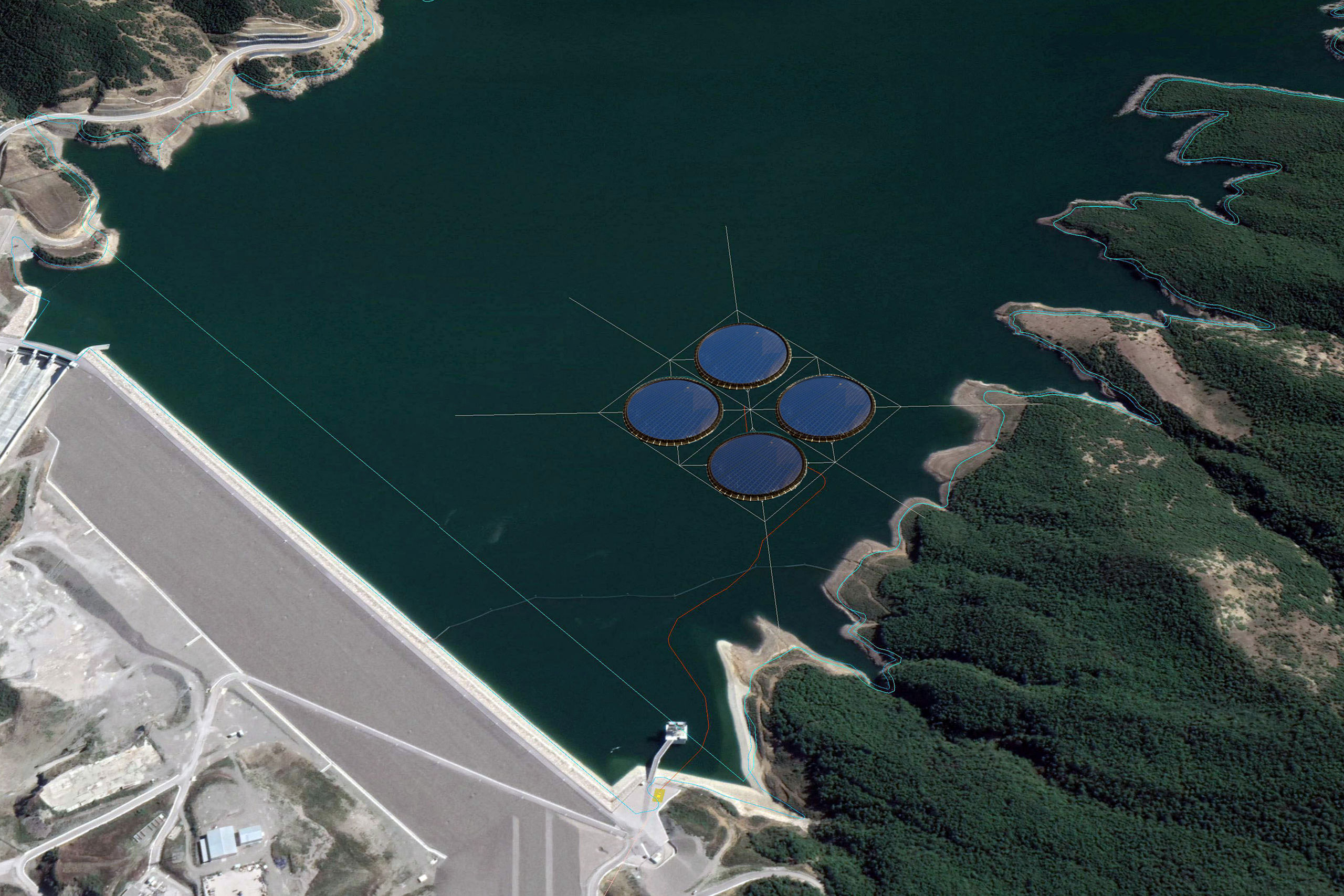
The illustration shows how four large, round collections of solar panels will float on the surface of the Banja hydropower reservoir in Albania. In the spring of 2022, one of the four solar panel plants was in place and in operation.
1. Floating solar
That sounds like a perfect cure for the mid-winter blues, but floating solar power doesn’t come in a tube.
A large construction of solar panels lies gently bobbing on the surface of a lake in sunny Albania.
The calm waters of the reservoir south of the capital Tirana are perfect for what could be described as the future’s most effective ‘two birds with one stone’.
Solar power meets hydropower!
Statkraft started power production from its first floating solar power plant in Albania in April 2022. The project has been developed in collaboration with the Norwegian company Ocean Sun.
The solar cells on the water surface will be able to produce 500 kilowatt peaks (kWp) at full solar power. When the project is completed with four such large, round panel constructions floating on the lake, the solar power plant in Albania will have a nominal power of 2 MWp.
“What´s fantastic is that we in Norway are in such a good position to lead the way in this development,” says Olav Hølland, vice president and head of the project management unit at Statkraft’s International Power business area.
“Floating solar power will expand most in Asia, particularly in countries like India and South Korea, because they have existing hydropower reservoirs and plenty of sun,” Hølland explains.
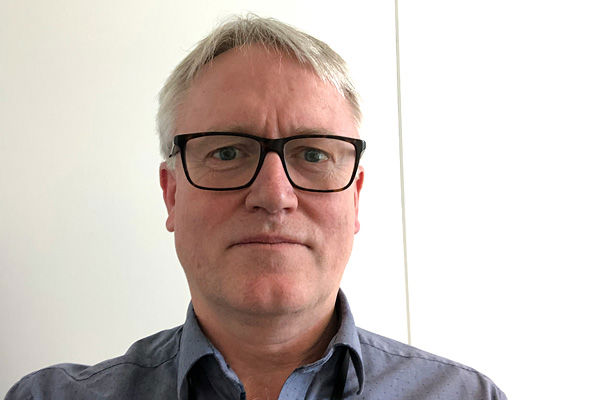
The key is to get more out of what you already have. Space that is used for hydropower reservoirs can capture the sun’s rays and easily be connected to existing infrastructure.
There are many benefits: The facilities don’t take up otherwise productive areas of land and therefore eliminate land leasing costs, they rarely inconvenience people, they can use the infrastructure that is already in place, and the solar panels are cooled naturally by the water beneath them.
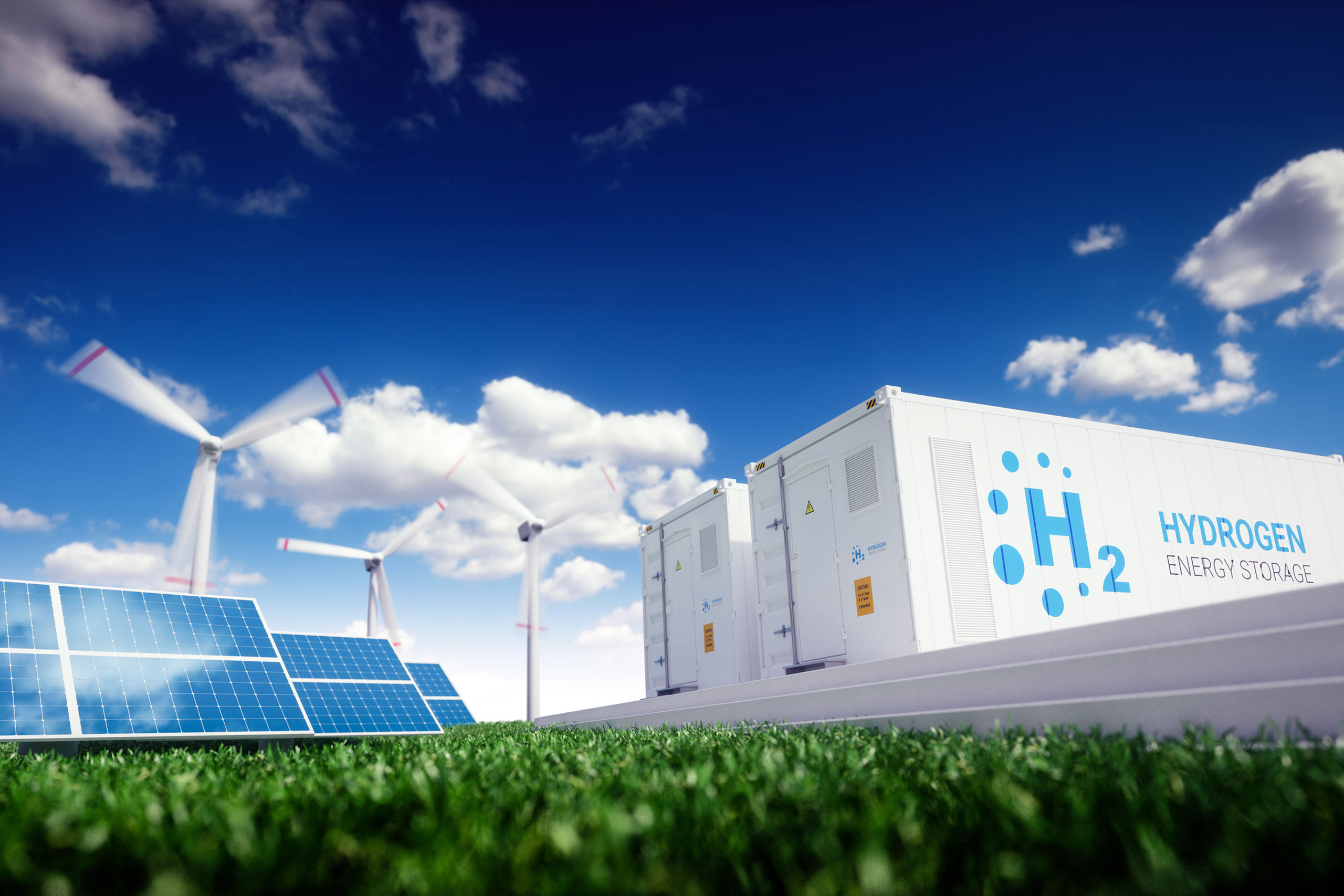
2. Light gas does heavy duty
How can hydrogen be green and still propel a car forward?
Did you know that hydrogen is the most abundant element in the entire universe?
Hydrogen actually makes up more than 90 per cent of the atoms in the universe and three-quarters of its mass. It is also a super-effective energy carrier!
“Here on Earth, we know hydrogen best in combination with oxygen, H2O – water, in other words. And we’ve got quite a bit of that,” says Ulf Eriksen, vice president and head of the Hydrogen unit at Statkraft.
To produce a fuel that can power a car, the water must undergo a process whereby its hydrogen atoms are separated from its oxygen atoms. The hydrogen is cooled and compressed into liquid form.

“Hydrogen can be used worldwide to generate electricity and heat, and in transport systems,” Eriksen explains.
Over 250,000 households in Japan use hydrogen-based energy to heat their homes and cook their food. Over 18,000 forklift trucks with hydrogen in their tanks drive backwards and forwards in warehouses and on construction sites in the USA.
Because hydrogen has such a low weight in its stored form, it is perfect for heavy goods vehicles, buses and ships. A car carrying just five kilos of hydrogen could drive from Bergen to Oslo, a distance of around 460 km (285 miles).
However, there is a significant difference between "blue" hydrogen produced with natural gas and "green" hydrogen made through electrolysis with electricity from renewable energy sources.
According to Ulf Eriksen, using fossil fuels to produce hydrogen is pretty pointless in the long run.
“That’s what makes our access to water and hydropower here in Norway so unique. It enables us to produce green hydrogen using renewable energy with no carbon emissions of any kind,” he says.
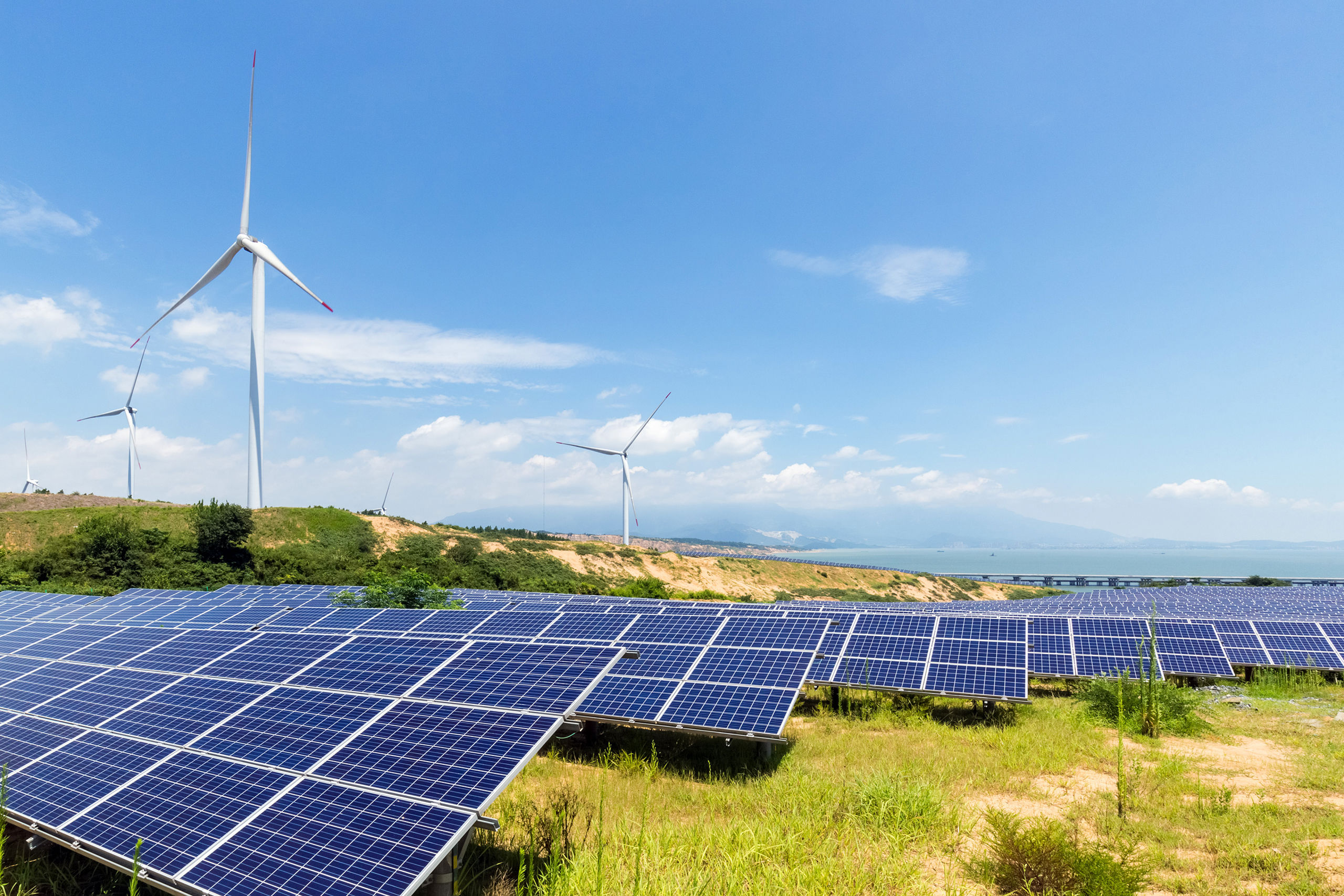
3. Renewable power twice as efficient as fossil fuel
Why waste energy when you can use it?
Did you know that 40 TWh of renewable energy can replace an eye-watering 95 TWh of fossil-generated energy?
How is that possible? Fundamentally, because renewable electricity is so much more efficient that fossil-generated energy.
Imagine that you have a petrol-driven car and put 100 litres of petrol in its tank. No more than 25 litres of that amount actually propels your car forward. A whopping 75 litres is converted into heat energy that disappears literally into thin air.
With an electric car, things are quite different. If you have an electric car and charge it up with 100 kWh of electricity, as much as 90 kWh is used to propel the car forward. This is because the electric motors in the car are so much more energy efficient than a standard combustion engine.
The same is true if you replace an oil-fired boiler with a heat pump to heat up your home. The heat pump is far more efficient, which means you need much less energy to heat up your home.
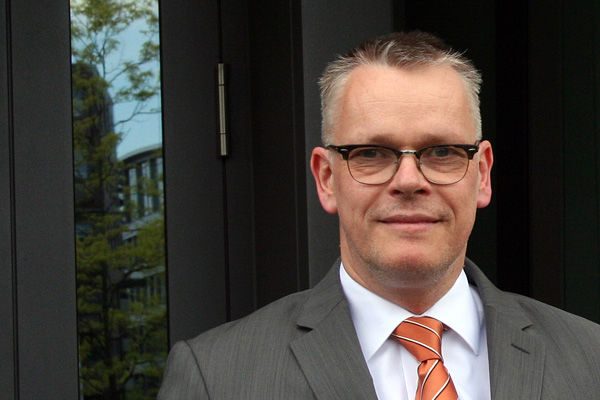
This is good news for the transition from fossil fuels to the use of renewable energy. This means more power for the money invested, which will not least be of great importance for large industrialized countries such as Germany, the USA and China.
Germany alone generates around 27 per cent of the EU’s total industrial output. That’s more than the UK and France put together. Up to now, coal power has been its primary source of energy, but that is about to change.
According to Carsten Poppinga, who is senior vice president of Trading and Origination at Statkraft, switching to new forms of energy will play a crucial role in creating a safe, environment-friendly and financially successful future.
“To achieve this, Germany’s energy supply must be radically overhauled. It needs to switch from nuclear power and fossil fuels to renewable energy and strive for greater energy efficiency,” he says.
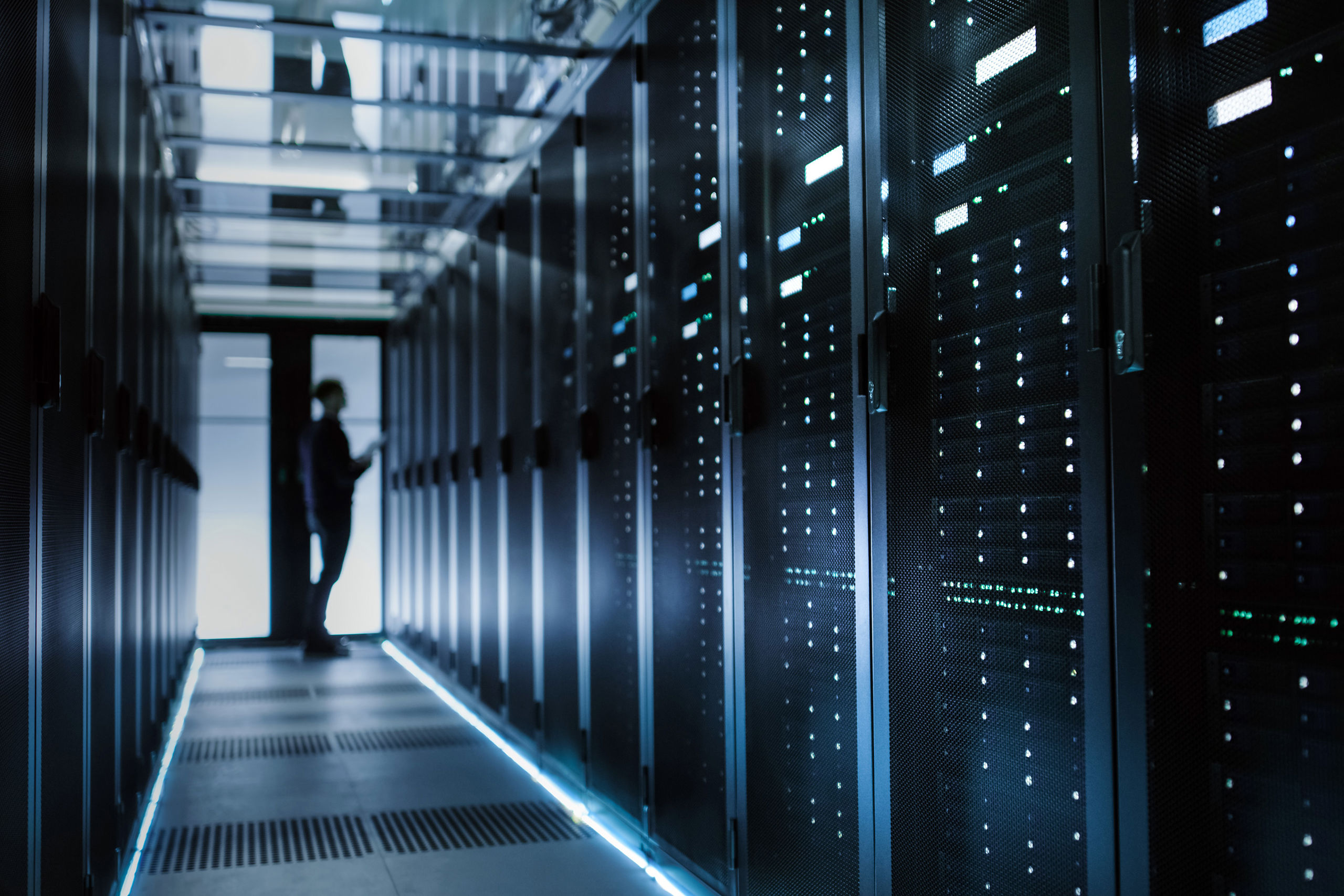
4. Sustainable clouds
Many people dream of living a sustainable life. With renewable power, your digital life is almost entirely that.
Every email you send or receive requires energy. Every document, program, password and browser window generates heat and requires cooling.
“One of the biggest challenges we face today is handling the physical consequences of technology and digitalisation,” says Atle Haga, vice president and project manager for Statkraft’s data centre programme.
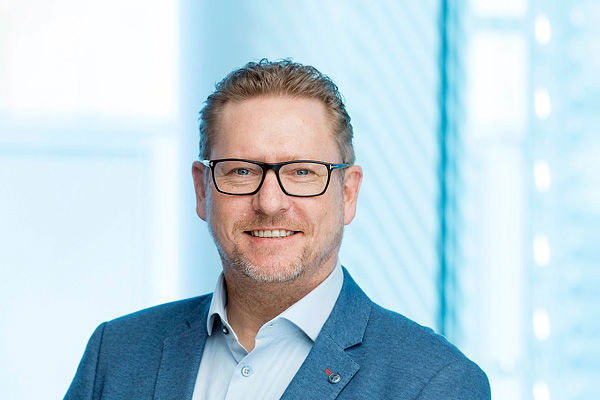
The data centre industry is the fastest growing power-intensive industry in the world. The need for digital storage space is enormous:
-
A small data centre can use as much energy as a small town.
-
20 years ago, the internet had scarcely 100 million users. Now it has over 4 billion.
-
In the future, artificial intelligence (IA) and the internet of things (IoT) will require vast amounts of data capacity and energy.
Today, most data centres use electricity generated from fossil fuels, such as coal, gas and oil.
GeSI, an organisation that works for digital sustainability, estimated in 2015 that global data traffic would account for more than two per cent of the world’s greenhouse gas emissions in 2020. That is almost as much as the world’s entire airline industry has produced in recent years. And the digital emissions will increase if the amounts of power needed to run large data centres continue to come from fossil energy sources.
“Energy consumption accounts for 30–50 per cent of a data centre’s operating costs. In the years ahead, data traffic will increase many times over, and the need for energy will skyrocket. So the energy supplying the new data centres should come from renewable sources,” says Haga.